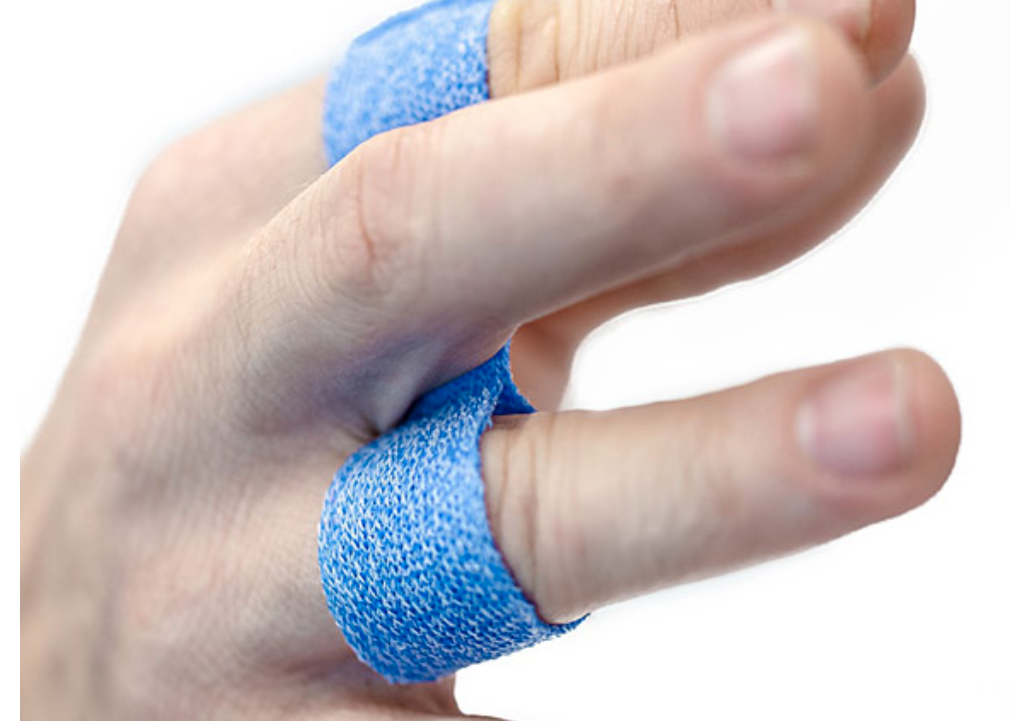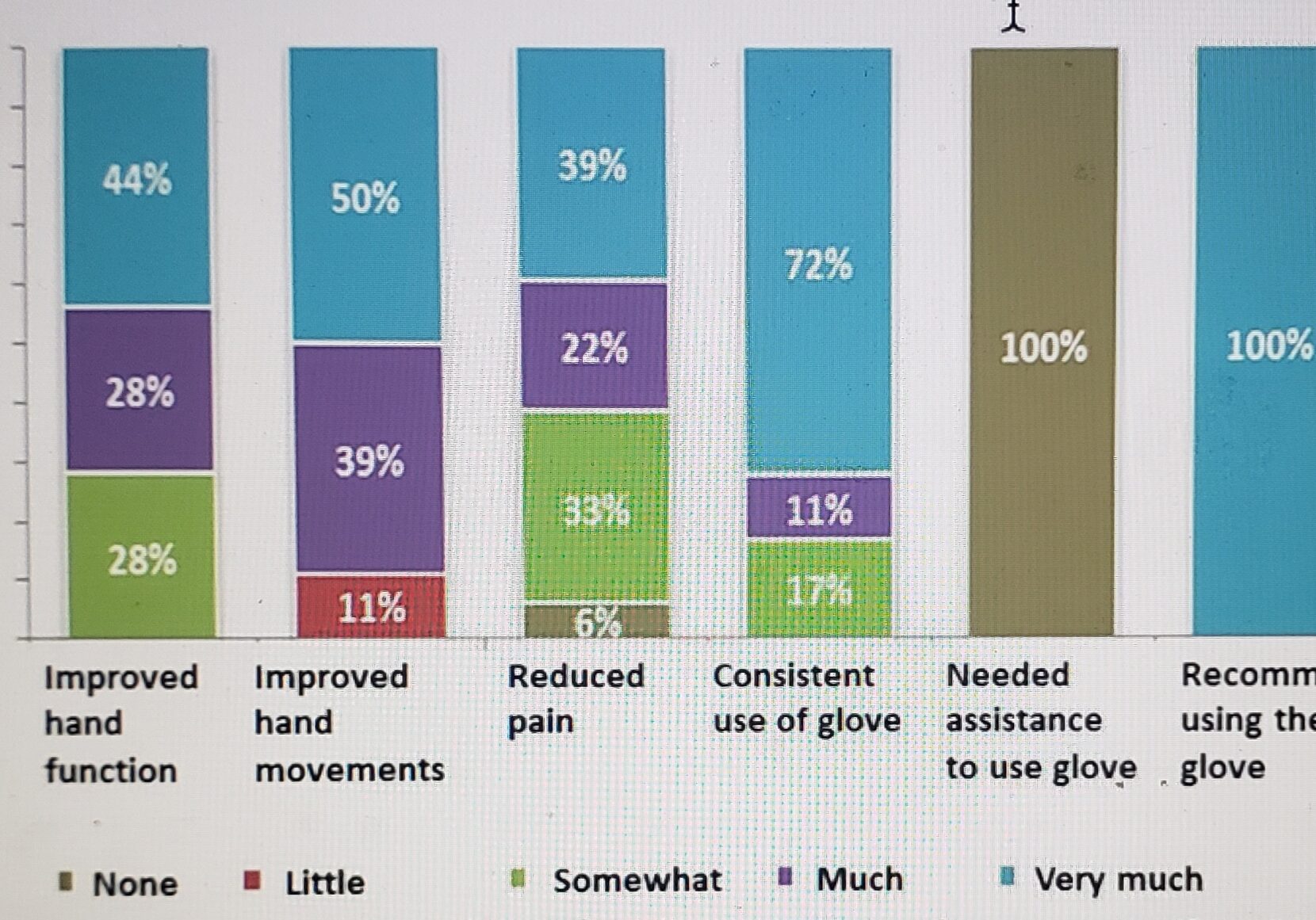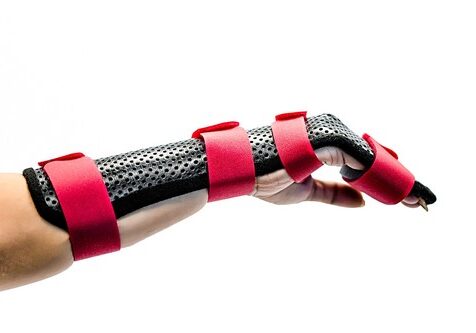Understanding Occupational Therapy Continuing Education
What Is Continuing Education in Occupational Therapy?
Continuing education in occupational therapy refers to structured learning activities that help occupational therapists (OTs) maintain their professional competence, expand their skillsets, and stay updated with advances in healthcare. These courses are often measured in Continuing Education Units (CEUs) 或者 Professional Development Units (PDUs) and are required for maintaining licensure in most U.S. states.
Occupational therapists are expected to participate in continuing education throughout their careers to ensure safe and effective treatment practices. This lifelong learning process bridges the gap between academic knowledge and current real-world demands.
Why CEUs Are Required for Occupational Therapists
CEUs are mandated to:
- Ensure OTs maintain a high standard of care
- Keep practitioners updated on new technologies and therapeutic strategies
- Promote ethical decision-making and legal compliance
Most licensing boards require 10 to 36 hours of CEUs during each license renewal period. Requirements vary by state, so always verify with your local licensing authority.
Legal and Licensure Requirements in the U.S.
Each state in the U.S. has its own CEU regulations. For example:
| State | Required CEUs per Renewal Period | Renewal Cycle |
| California | 24 hours | Every 2 years |
| Texas | 30 hours | Every 2 years |
| Florida | 26 hours | Every 2 years |
| New York | 36 hours | Every 3 years |
In addition to general CEUs, some states require ethics or jurisprudence-specific courses. Check your state board’s website for the most accurate information.
Benefits of Continuing Education for Occupational Therapists
Enhancing Professional Knowledge
Continuing education allows therapists to:
- Learn the latest clinical techniques
- Integrate evidence-based practices
- Stay informed on legal and policy changes
Staying Compliant with State and National Boards
Compliance isn’t optional—it’s a legal requirement. Staying on top of CEUs avoids license suspension and protects your right to practice.
Improving Patient Outcomes and Care Standards
Therapists who continue learning deliver better results. Whether it’s helping stroke patients regain motor function or aiding children with autism, CEUs refine your ability to deliver life-changing care.
Different Types of CEUs for Occupational Therapists
Online vs. In-Person CEU Courses
| Format | 优点 | 缺点 |
| Online | Flexible, affordable, self-paced | Limited hands-on practice |
| In-Person | Interactive, experiential learning | More expensive, travel required |
Specialized Certifications and Advanced Trainings
Examples include:
- Hand Therapy Certification (CHT)
- Neurodevelopmental Treatment (NDT)
- Sensory Integration and Praxis Tests (SIPT)
These certifications elevate your credibility and open doors to higher-paying roles.
Workshops, Seminars, and Conferences
Live events offer direct interaction with experts and peers. Popular annual conferences include the AOTA INSPIRE Conference, which features hundreds of sessions covering new OT practices.
Top Accrediting Bodies and Platforms
AOTA: American Occupational Therapy Association
AOTA-approved providers are recognized nationwide. AOTA also offers its own CE courses, live webinars, and an annual conference.
NBCOT: National Board for Certification in Occupational Therapy
NBCOT provides renewal guidelines and tracks PDUs. You can find online resources and tools to help plan your CE journey on their official website.
如何选择合适的继续教育项目
Aligning With Your Specialty or Career Goals
Don’t choose a course just to fulfill a requirement. Pick courses aligned with:
- Pediatrics
- Geriatrics
- Mental Health
- Orthopedic Rehab
Evaluating Course Credibility and Accreditation
Always verify that:
- The course is AOTA or state-board approved
- It offers certificates of completion
- It’s taught by qualified instructors
Cost vs. Value: Making Smart Decisions
A $20 webinar may offer more practical insights than a $400 in-person course. Balance quality, reviews, and convenience before investing.
Steps to Earn and Track CEUs
How to Register and Complete CEU Courses
- Find a board-approved provider
- Register and pay for the course
- Attend or complete the program
- Pass any required assessments
- Receive a certificate of completion
Logging Hours and Maintaining Proof
Maintain a digital or physical record that includes:
- Course name
- Date completed
- CEU hours
- Provider details
- Completion certificate
Renewal Timelines and Deadlines
Mark license expiration dates on your calendar and plan CEUs well in advance. Late renewals can cost extra fees or result in license suspension.
Common Mistakes to Avoid in OT CEU Planning
Missing Deadlines and Incomplete Credits
Missing even one credit can halt your ability to practice. Set reminders and plan early.
Taking Non-Accredited Courses
If a course isn’t approved by AOTA or your state board, it won’t count—wasting your time and money.
Ignoring State-Specific Requirements
Each state has different rules. For example, some require:
- Ethics coursework
- Hands-on training
- Course subjects related to your specialty
Continuing Education Trends in Occupational Therapy
Telehealth and Digital Care Training
As telehealth becomes standard, learning how to deliver care remotely is essential.
Diversity, Equity, and Inclusion in Practice
Courses focusing on inclusive care approaches are gaining importance, especially in pediatric and mental health OT.
International Continuing Education for OT Professionals
Opportunities Abroad and Global Certifications
Occupational therapists practicing internationally may pursue certifications recognized across countries through WFOT (World Federation of Occupational Therapists).
Challenges for Non-U.S. Practitioners
International OTs may face barriers such as:
- Credential verification
- Non-transferable CEUs
- Language differences
Cross-Recognition Between Countries
Some CEU providers offer globally recognized certifications, easing transitions between countries like Canada, the U.K., and Australia.
FAQs about Occupational Therapy Continuing Education
1. How many CEUs do I need to renew my OT license?
Most states require 20–36 hours every 1–3 years. Check with your state licensing board.
2. Are online CEUs accepted for occupational therapists?
Yes, if the course is board-approved and meets your state’s criteria.
3. Can I carry over unused CEU credits?
Some states allow it. Verify with your state board to be sure.
4. What happens if I miss my CEU deadline?
You may face late fees, license suspension, or need to retake all hours.
5. How do I prove I completed a CEU course?
Keep your certificate of completion and a record of course details for audit purposes.
Conclusion: Future-Proofing Your OT Career Through Lifelong Learning
Continuing education in occupational therapy isn’t just a box to check—it’s a roadmap to career growth, better patient care, and professional fulfillment. By selecting the right CEUs, staying compliant, and avoiding common pitfalls, you ensure a thriving career in one of healthcare’s most rewarding fields.
更多阅读内容
文章评论:伸肌腱修复区 V-VI 的相对运动?夜间休息手部矫形器有用吗?
Hirth, MJ、Hunt, I.、Briody, K.、Milner, Z.、Sleep, K.、Chu, A.、Donovan, E. 和 O'Brien, L. (2021)。 V-VI 区手指伸肌腱手术修复后两种相对运动伸展矫形器方案的比较:一项随机等效试验。手部治疗杂志-即将出版。 The Skinny:在 V-VI 区肌腱修复后,……
阅读更多使用压缩手套治疗桡骨远端骨折
使用压缩手套治疗桡骨远端骨折 Miller-Shahabar, I.、Schreuer, N.、Katsevman, H.、Bernfeld, B.、Cons, A.、Raisman, Y. 和 Milman, U. (2018)。加压手套在桡骨远端骨折康复中的功效:随机对照研究。美国物理医学与康复杂志,97(12),904-910。作者:Brittany Carrie 细小的桡骨远端骨折是……
阅读更多屈肌腱修复后的放置并保持治疗与主动活动治疗
标题:屈肌腱修复后被动活动与放置保持疗法与主动活动疗法:随机对照试验至少 5 年随访 文章评论作者:Tommi Hintnaus 参考文献:Chevalley, S., Wangberg, V., Ahlen, M., Stromberg, J., & Bjorkman, A. (2024 年 10 月 4 日)。屈肌腱修复后被动活动与放置保持疗法与主动活动疗法:至少 5 年随访…
阅读更多注册即可直接将更新发送到您的收件箱!
注册我们,我们将定期向您发送有关手部治疗的所有内容的博客文章、每次上传新视频和教程时的通知,以及讲义、协议和其他有用信息。





